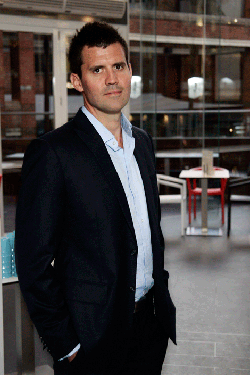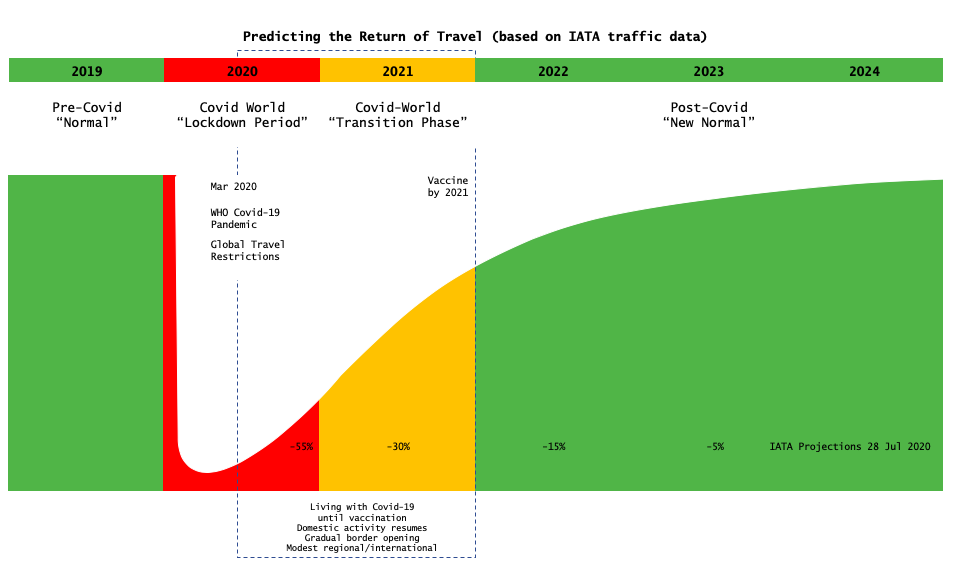
Those of us in the events industry are often in very high-pressure situations when all of the planning needs to be executed in a one-shot opportunity. What if we could reduce some of the pressure and stress by tapping into more of our own potential?
I love having group discussions about the endless possibilities that human potential provides, and how we can tap into our own potential for a more efficient and well-executed outcome.
How much potential do we have?
During my research, I uncovered a statistic that states the average human uses only 2 per cent of his or her full potential. Now, I don’t know how that statistic was measured, but here is something I do know – we all have huge potential that the majority of us will leave untapped, unless we chase it down.
How do I know this?
I work with many of Australia’s top-level executives as well as professional athletes across several different sports. I coach and help them perform at their best, day in, day out. Whether it’s a C-Level executive or an athlete at the pinnacle of their respective sport, we consistently find that there is another level beyond what they thought possible – for their business and themselves.
The difference between a person who is operating at a high level and someone who isn’t is not the size of their muscles or what they scored in their high-school exam. It’s mindset and nothing more. What we are capable of, and what we are not, is determined by our own mindset.
What’s stopping you?
There is a great quote that says: "Whether you think you can, or you cannot, you are probably right." Our beliefs about ourselves and the world around us are the only things that hold us back; they exist in our subconscious mind as an accumulation of our own first-hand experiences and those passed on by family and friends around us.
Why should you challenge your beliefs?
Because that’s where your potential lies. Roger Bannister first broke the four-minute mile in 1954 after doctors and scientists said that it was physically impossible to do so. It was then broken another 16 times before the end of 1957. That’s a fair jump for something that was said to be ìphysically impossible, isn’t it? Bannister was the first to believe that he could do it; once that hurdle had been overcome in the minds of the athletes, the floodgates opened up and the time was crushed.
How can we be better?
Think about an activity that you’re not great at. How many times have you done it? Do you believe that you are good at it? Probably not. Most people will think they are bad at the activity after trying it once, and because they are not great, their negative belief was created from this.
The key is to challenge those beliefs. My personal belief is that if someone else is doing it, so can I. Beyond that, people are breaking previously thought ìimpossiblesî every single day.
How to make the change?
Changing your internal associations to an activity you believe you are not good at will start to break down that belief. It’s a lie you’ve been telling yourself for far too long. Instilled with just the possibility that you are actually better at it than you thought, will allow you to improve. From there, you’ll gain momentum and before you know it, you’ll be a rock star at something you used to tell yourself you were bad at.
It’s time to step up!
The next time you’re given a task that you normally palm off to someone else because you’re bad at it, think again. If you’re a director or manager, you might use this example to help develop your team. Take a chance, change your internal associations, and I promise you’ll surprise yourself, and lead a better example for the rest of the team.
Andrew Sparks is a motivational speaker and performance coach based in Sydney, Australia and owner of peak performance company Sparks Elite. You can catch Andrew speaking at the AIME 2013 education programme, AIME Knowledge. Contact him at andrew@andrewsparks.com.au or visit www.andrewsparks.com.au


